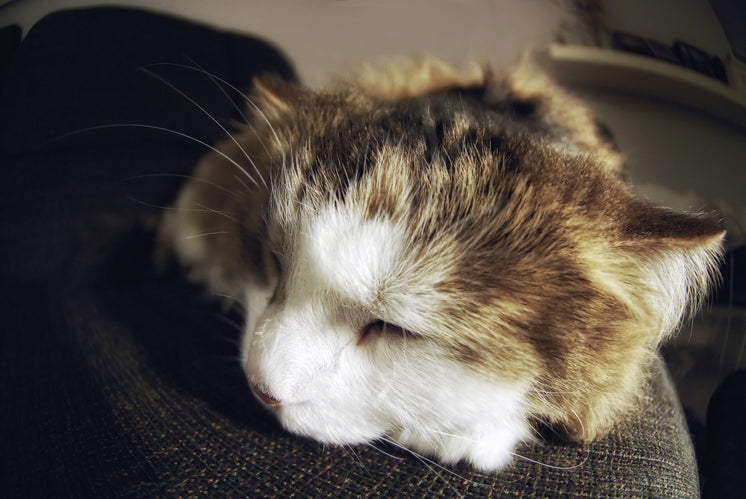Cat Litter: A Short History and Advancement
Cat Litter: A Short History and Advancement
Blog Article

Cat litter and litter boxes play an essential role in the lives of both cats and their owners. From the modest starts of sand and soil to the innovative developments these days, the world of cat litter has actually evolved significantly. In this extensive guide, we dive into every element of cat litter and litter boxes, exploring their history, types, advantages, obstacles, and whatever in between.
The history of cat litter go back centuries, with ancient civilizations using sand, soil, and even ashes as primitive litter materials. However, it wasn't up until the mid-20th century that contemporary cat litter as we understand it emerged. In 1947, Edward Lowe presented the world's first industrial cat litter made from absorbent clay, changing the method felines relieved themselves inside your home. Considering that then, cat litter has gone through various changes, with the introduction of clumping litter, silica gel litter, naturally degradable choices, and more.
Today, cat owners are spoiled for option when it pertains to choosing the best litter for their feline companions. Conventional clay litter remains popular for its affordability and efficiency in soaking up smells. Clumping litter, which forms solid clumps when wet, simplifies cleansing and upkeep. Silica gel litter, composed of highly absorbent silica crystals, offers remarkable smell control and durability. Naturally degradable choices, such as recycled paper, wood pellets, corn, and wheat, appeal to environmentally mindful customers.
Each type of cat litter offers unique benefits. Clay litter masters its capability to absorb wetness and control smells, making it a trusted option for many feline owners. Clumping litter streamlines daily scooping and extends the time in between total litter changes. Silica gel litter provides extraordinary smell control and can last longer between replacements. Biodegradable litters use a sustainable alternative that minimizes ecological impact.
While cat litter enhances indoor feline health, it is not without its difficulties. Dust from clay litter can position respiratory dangers for both cats and humans, triggering the popularity of dust-free alternatives. Some cats might develop litter box hostility due to problems with texture, scent, or tidiness, requiring experimentation with different Self Cleaning Litter Boxes litters and box setups. Multi-cat homes might require strategic litter box positioning and frequent upkeep to prevent territorial disagreements and make sure all cats have access to clean centers.
Selecting the proper litter box is vital for promoting positive litter box routines and overall feline wellness. Factors to think about include size, availability, and design choices. Covered litter boxes offer personal privacy and assistance consist of odors, however cat litter box some cats might find them restricting or intimidating. Open-top litter boxes provide simple access and presence but might result in more litter scatter. Automatic self-cleaning litter boxes enhance maintenance but need regular tracking and upkeep.
Appropriate litter box upkeep is essential for making sure a clean and welcoming environment for both felines and their owners. Daily scooping removes waste without delay, reducing smell and discouraging litter box aversion. Routine litter replacement, generally every 1-2 weeks, avoids bacterial accumulation and maintains ideal absorbency. Extensive cleaning with moderate cleaning agent and water, avoiding harsh chemicals that might discourage cats from using the box, must be carried out monthly.
Cat litter and litter boxes play a central role in cultivating a healthy and harmonious relationship between cats and their human buddies. With a varied array of litter choices and litter box designs offered, feline owners have the versatility to customize their options to suit their cats' preferences and family requirements. cat litter box furniture By comprehending the evolution, types, benefits, and difficulties of cat litter and litter boxes, family pet owners can supply their feline friends with a comfortable and hygienic indoor environment.